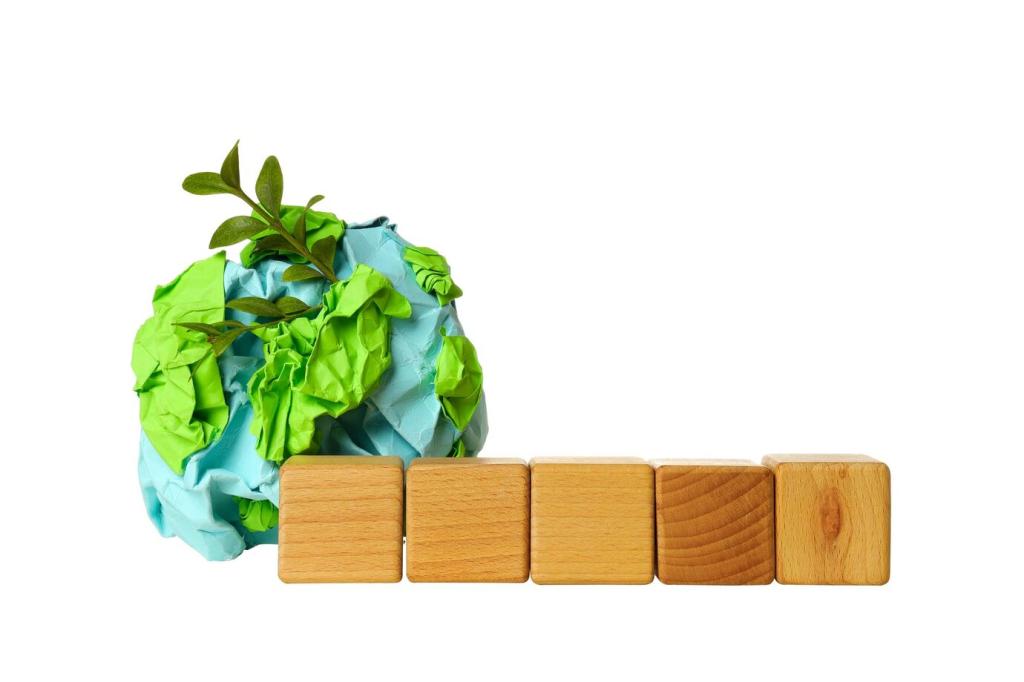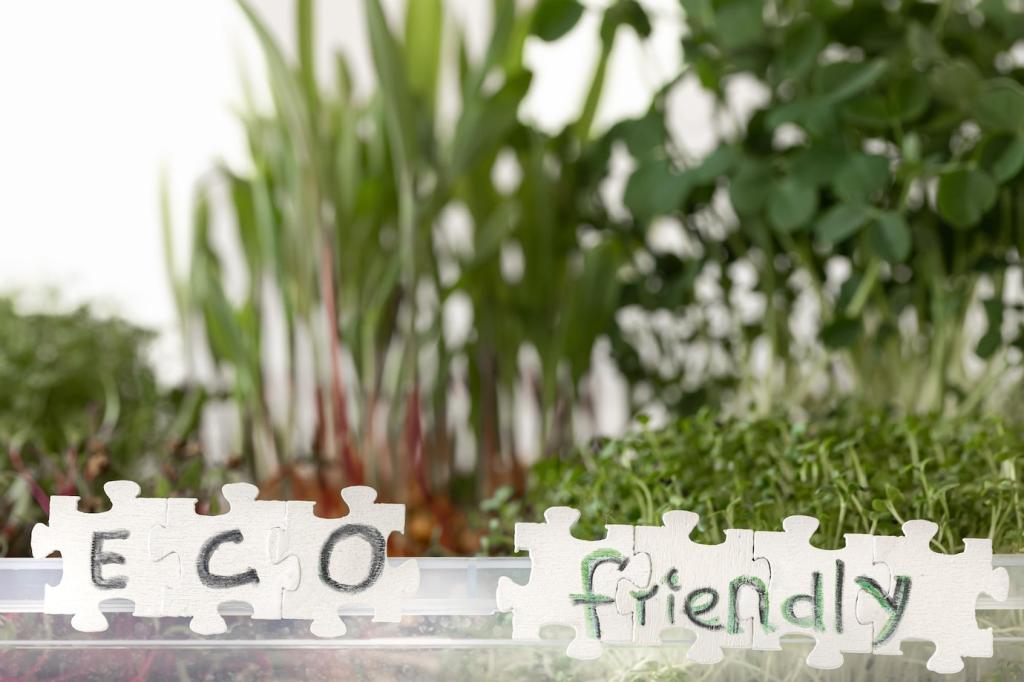Welcome! Today’s chosen theme is Eco-Conscious Upcycling Ideas for Renovators. Dive into inventive, planet-friendly renovation strategies that celebrate character, save money, and cut waste. Share your own upcycling wins in the comments and subscribe for fresh, hands-on inspiration every week.
Sourcing with Integrity: Finding Materials That Deserve a Second Life
Where to Hunt: Salvage Yards, Demolition Sales, and Digital Marketplaces
Explore architectural salvage yards for old-growth lumber, solid doors, and hardware that outlast trends. Watch demolition sale listings to secure bulk materials at fair prices. Combine in-person scouting with digital platforms like local buy-nothing groups to keep materials circulating and your renovation budget pleasantly grounded.
Material Vetting: Safety, Toxins, and Structural Soundness
Assess lead paint, asbestos, and treated timbers before bringing them home. Simple tests, professional inspections, and provenance notes keep projects healthy. Tap trusted guides on finishes and age ranges, and always confirm structural integrity so your upcycling stays eco-conscious, code-aware, and truly built to last under daily use.
Negotiation and Timing: Building Relationships with Suppliers
Regular visits and respectful negotiation create trusted supplier relationships. Ask about upcoming demolitions, seasonal inventory, and warehouse clear-outs. Offer pickup flexibility, bundle purchases, and share finished project photos; you’ll often get first dibs on special pieces, accelerating your eco-conscious upcycling pipeline and inspiring the salvage community.
Begin with daily routines and maintenance realities. If a reclaimed door becomes a sliding pantry panel, plan for track access and replaceable rollers. Design exposed fasteners for easy repairs, finish surfaces with low-VOC coatings, and prioritize modularity so every upcycled piece can evolve gracefully with your home.
Designing the Upcycle: From Idea to Blueprint
Hands-On Techniques for Eco-Conscious Upcycling
Dismantle carefully using pry bars, oscillating tools, and labeled bins for fasteners and trim. Photograph assemblies before removal to guide reinstallation. Deconstruction can divert substantial waste—construction debris runs into hundreds of millions of tons annually—while preserving character elements that give your renovation presence, warmth, and genuine narrative.
Hands-On Techniques for Eco-Conscious Upcycling
Start with gentle cleaning—soap, water, and soft brushes—before advancing to citrus-based strippers. Sand lightly to keep patina. Finish with plant-based oils, hardwax finishes, or waterborne varnishes. These eco-conscious upcycling methods protect indoor air quality, highlight grain, and deliver a tactile, repairable surface that ages beautifully.





The Stair That Became a Bookshelf: A Bungalow’s Second Act
When a bungalow’s steep service stair had to go, the treads became floating bookshelves. Scuff marks were left visible as a nod to history. Visitors always ask about them, proving that honest patina can be the conversation starter your eco-conscious upcycling project deserves.
Windows Reimagined as Greenhouse Panels: Extending a Season
An assortment of mismatched salvaged windows became a backyard greenhouse. Careful flashing, slope, and safety glazing upgrades made it durable. Seedlings now start earlier, and neighbors trade cuttings. The project shows how eco-conscious upcycling ideas for renovators can literally cultivate community as they cultivate tomatoes.
A Community Swap that Saved a Budget and a Landfill
A Saturday swap brought leftover tile, hinges, and lighting together. One renovator found enough subway tile for a backsplash; another sourced a pendant to match vintage knobs. Everyone left lighter. Host a swap on your street and tag us—your circle could become a permanent reuse ecosystem.
Managing Waste, Carbon, and Community Impact
Weigh or estimate every outgoing stream—landfill, recycling, donation, and reuse. Photograph loads and log materials. Visibility motivates teams and highlights savings. Share results in your renovation journal to inspire others and refine your approach to eco-conscious upcycling ideas for renovators on future projects.
Managing Waste, Carbon, and Community Impact
Reusing a door or beam preserves the embodied energy already invested in harvesting, milling, and transport. Approximate savings using publicly available databases and simple calculators. Even rough estimates help clients and neighbors see how eco-conscious upcycling can make meaningful climate contributions alongside its aesthetic charm.
Managing Waste, Carbon, and Community Impact
Host open workshops, record quick process videos, or publish material sourcing maps. Celebrate mistakes and fixes so others avoid pitfalls. Invite readers to subscribe and comment with questions; your participation turns a single eco-conscious upcycling project into a movement that reshapes how communities renovate.
